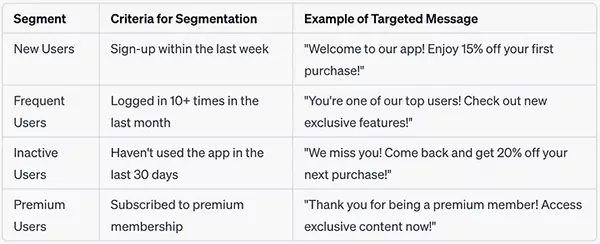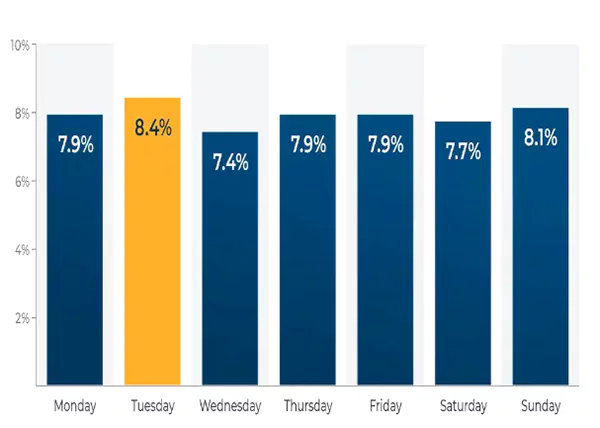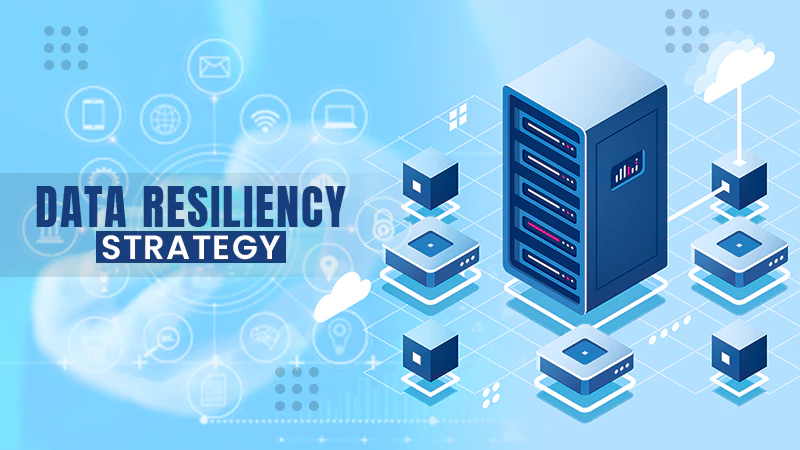Notifications are an inseparable part of a mobile or desktop user experience. Though some people find them important, others find them annoying. People can’t entirely get rid of them as they are significant for so many reasons.
There are multiple types of notifications and notification systems like Magic Bell catering to multiple purposes. For example, push notifications to boost user engagement, passive notifications provide information, context-generated notifications, and so on. However, to ensure a positive user experience, it is imperative to use the best methods while sending push notifications.
So, let’s understand the concept of push notifications and how their smart management facilitates the overall user experience.
The Do’s and Don’ts for Sending Push Notifications
While there are several types of push notifications boost user engagement such as passive, smart, in-app, SMS, email, system-generated, or user-generated notifications. Now, to ensure a great notification UX approach, there are some do’s and don’ts. So, let’s take a look at them.
Do’s:
- Clear and Concise Content: Try to keep the written content, short and crispy, while crafting. However, it must fulfill the objective of conveying the organizational message. Avoid using lengthy sentences, or overly technical vocabulary.
Convoluted or long-winded content can overwhelm users, leading to missing the important details. So, keep the sentences clear-cut. Though many sites can contain up to 39 characters for the title and 150 for the message, it is recommended to use as few characters as possible.
- Target Audience and Sections: Divide your user base into some categories such as demographics, behaviors, and preferences. Customizing notes according to the categories of the user base will help in delivering more relevant and meaningful content. Besides, it will help in increasing user engagement.

This table is an example of dividing the user base of an application. Suppose, you divide the users of your app into these four categories, now, it will provide personalization options for you to tailor messages to cater to every category.
- The Right Timing: Believe it or not, the right time to send a notification matters a lot. Push notifications can be aggravating when sent frequently or at the wrong time. Consider scheduling these messages according to the user’s time zone.
Also, notifications based on the user’s behavior such as completing a task within the app, can maintain the relevancy and effectiveness of the message. According to research, the optimal time to send notifications is 12 to 2 PM, during lunch breaks, and 6.30 to 8.30 PM, early evening hours.
- Personalization: Highly personalized and well-scrutinized notifications are considered the most successful ones. It is when you craft a message for the user receiving it individually. It is based on their behavior, demographics, and other data.
Scrutinizing is important to maintain relevancy and user engagement, such as sending the message at the right time and place. Studies have shown that personalized messages increase the chances of user engagement by 400%.
- Adding Visuals: Sometimes, mere words are not enough to grasp the attention of the receiver, it requires more visuals like icons, GIFs, pictures, and emojis. A person, on average scrolls through 9 apps daily, and this makes it difficult to grab attention through a written piece, even if it’s well-crafted.
Onesignal’s study shows that notifications will images earn 60% higher click-through rates. The images make it easy for viewers to digest complex info and give an insight into what they can expect.
- Adding Actionable Aspects: It is significant to make everything as easy as possible for users. This means precisely telling them what to do. For example, adding action buttons to the notifications to let them take action right away, without having them open the website or app.
This also helps to maintain productivity and engagement as well, because it assists users to get what they need quickly.
Don’ts:

( This graph shows the push notifications click-through rate by weekdays, making the second day of the week have the best reaction rate, followed by Sunday with 8.1%).
- Sending Too Many Notifications: Avoid sending messages every hour or filling their phone or desktop with bulk notifications. Doing this can lead them to either silence your application or delete it completely. It is imperative to schedule messages accordingly with a plan of action.
- Sending Irrelevant Content: While crafting push notifications, considering factors affecting user’s behavior and other elements is vital. Sending irrelevant content not only is a waste of your resources and time but also overwhelms the receiver, making them feel spammed, and increasing the risk of losing their trust.
- Disregarding Customization Settings: Do not ignore the customization settings for users within your app or site. Make them control the platform according to their preferences, providing them with customization settings.
This can include settings like choosing how often they get notifications, picking the type of notifications they wish to receive, or deciding if they want to stop notifications altogether.
Do You Know?
70% of users consider push notifications to be useful, making unsubscribe rates across industries below 1% up to the 5 pushes per day mark.
Conclusion
Push notifications are an advantage in disguise. They can be very useful, yet annoying for the users. It is in the hands of the designer to craft them in a way that conveys maximum information. With that, there are certain other aspects to keep in mind such as timings, visuals, customization, easy-to-understand language, and more.
In short, if managed well, they can boost user engagement, but when sent inadequately, can risk losing trust, or even lead to the elimination of the user from your site or app. Hence, keeping the right balance is fundamental to ensure success.







